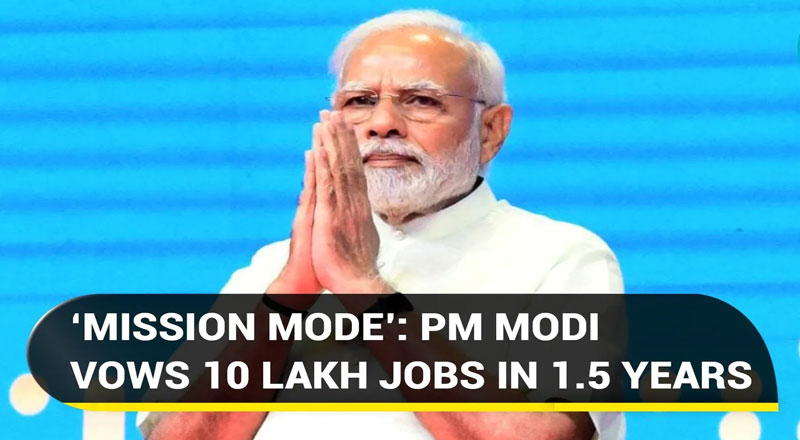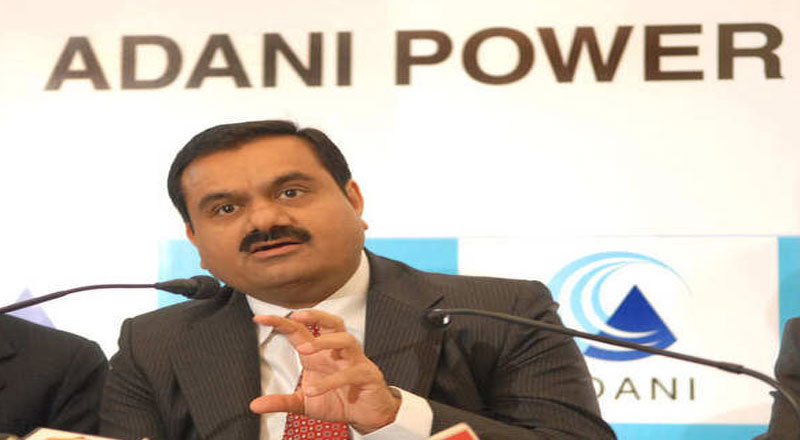Besides the financial implication of the move, no central agency is equipped to handle recruitment of this scale in such a short time period
Prime Minister Narendra Modi’s ambitious jobs push—the filling of one million government vacancies over the next 18 months—has not come a day too soon. The jobs market in India has been contracting since the pre-pandemic days. Promising now to enlist a million prospective government employees by the end of 2023 is being seen by many as timed with the Lok Sabha election the following year, which the BJP-led National Democratic Alliance (NDA) would aim to win for a third time in a row. The announcement comes amidst the Opposition’s charge that the Modi government failed to keep the BJP’s promise on jobs made before the last Lok Sabha poll.ADVERTISING
The jobs initiative is also perceived as a step to give a boost to the economy by indirectly infusing liquidity into the system. The big bang recruitment drive means Union government departments and ministries would add a third of their workforce in just one and a half years. The financial implications of this haven’t yet been worked out. Making these additions is a daunting task considering that the due processes involved are time consuming. But by opening the window of opportunities, the government has indicated that despite a funds crunch and at a time when the size of the government is shrinking steadily, it is holding out hope for the jobless.
“All ministries have begun the process by holding meetings with officials so that the target can be achieved at the earliest,” says information and broadcasting minister Anurag Thakur. “The 46,000 jobs to be created through the Agnipath scheme of the armed forces is also part of these one million jobs.”
The grand initiative will comprise contractual and regular jobs besides recruitment under the Agnipath scheme. “This has made sure that we stay the course on human-centred development. The hiring of one million people will not only help the government meet targets but also strengthen the march towards a fully Aatmanirbhar Bharat,” says Union labour and employment minister Bhupender Yadav.
Analysts point out the initiative comes at a time when spiralling inflation and a tight monetary policy in the United States and elsewhere globally are threatening to derail growth and pushing the world towards recession. The slowdown is evident in India and has meant job cuts. In this situation, it is government spending, and more particularly on job recruitment, that can help mitigate the impending crisis.
However, there are serious challenges that suggest the target is an elusive one. Firstly, no central agency is equipped to handle recruitment of this scale in such a short time period. This includes the National Recruitment Agency (NRA), which was approved in August 2020 but is not yet functional. A parliamentary committee report in March 2022 rapped the Department of Personnel and Training for the inordinate delay in getting the NRA up and running, despite a budgetary allocation.
A second challenge is that both the Union and state governments have only a partial picture of the number of people they already employ. As on March 1, 2020, the number of sanctioned civilian employee posts was 4,077,687, of which 3,190,903 posts had employees in position and there were 886,784 vacant posts, says the annual report on Pay and Allowances of Central Government Civilian Employees (2019-20).
Whether the jobs push will be routed through the NRA is unclear. An additional problem with regard to government job recruitments has been the frequent leak of examination papers, such as for railway and teaching jobs. The NRA is intended to subsume the role of multiple recruitment agencies, and unless it gets operational, the problem will persist.
At the same time, the Seventh Central Pay Commission, which looked into the structure of Union government employees in various ministries, has found that most new jobs are in the paramilitary forces. Analysts point out that the big jobs announcement will have to be followed up with specific announcements for departments and organisations and the number of vacancies to be filled by the 2023 deadline.





